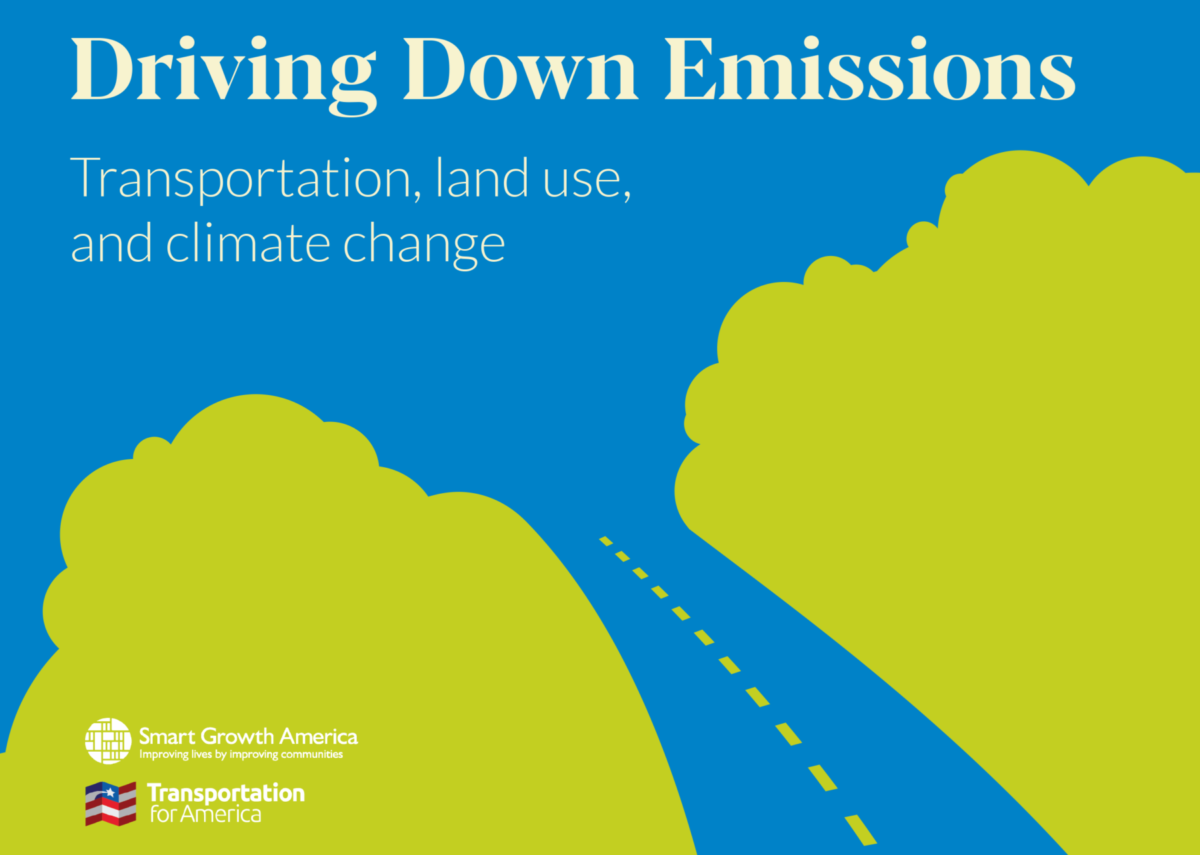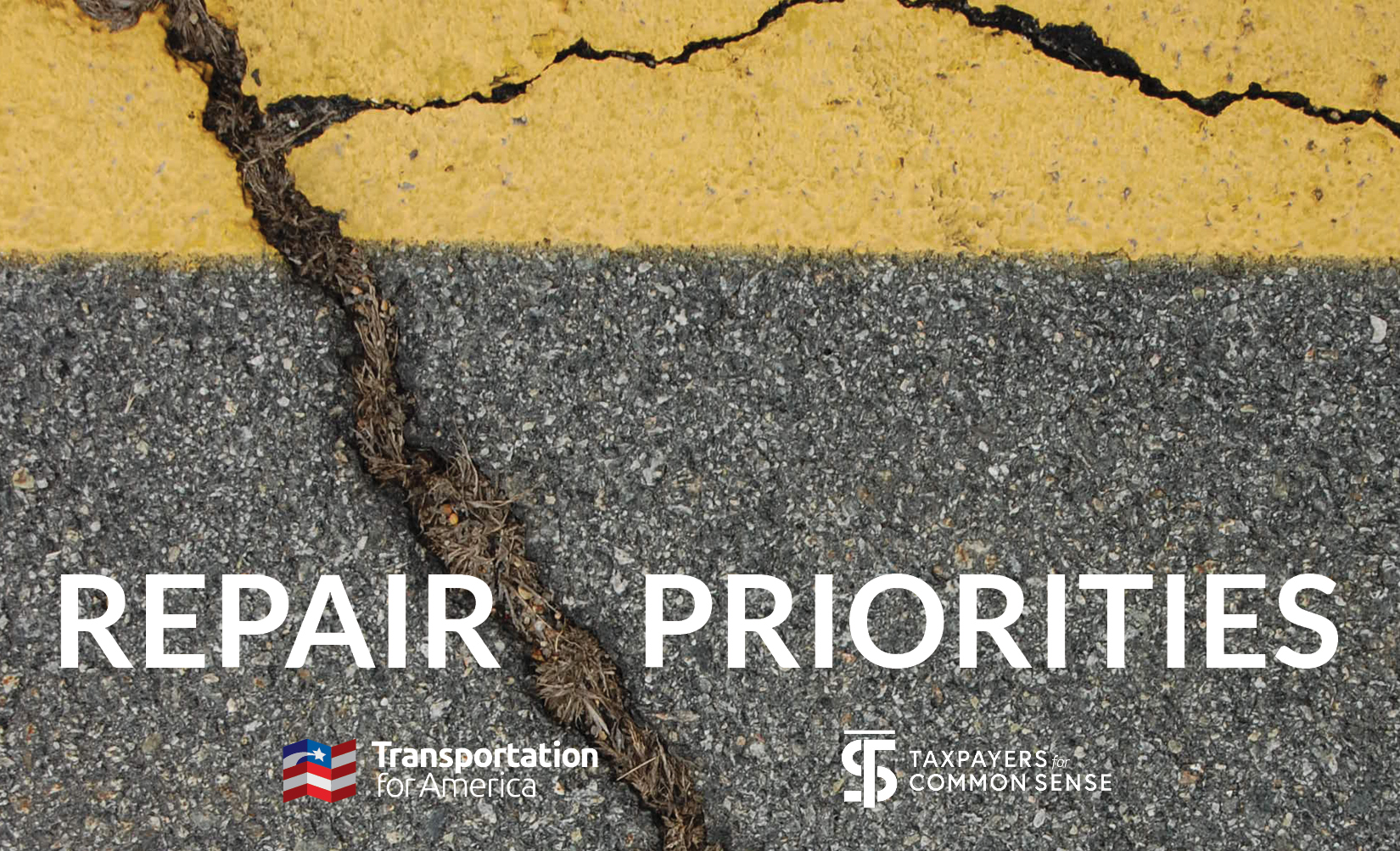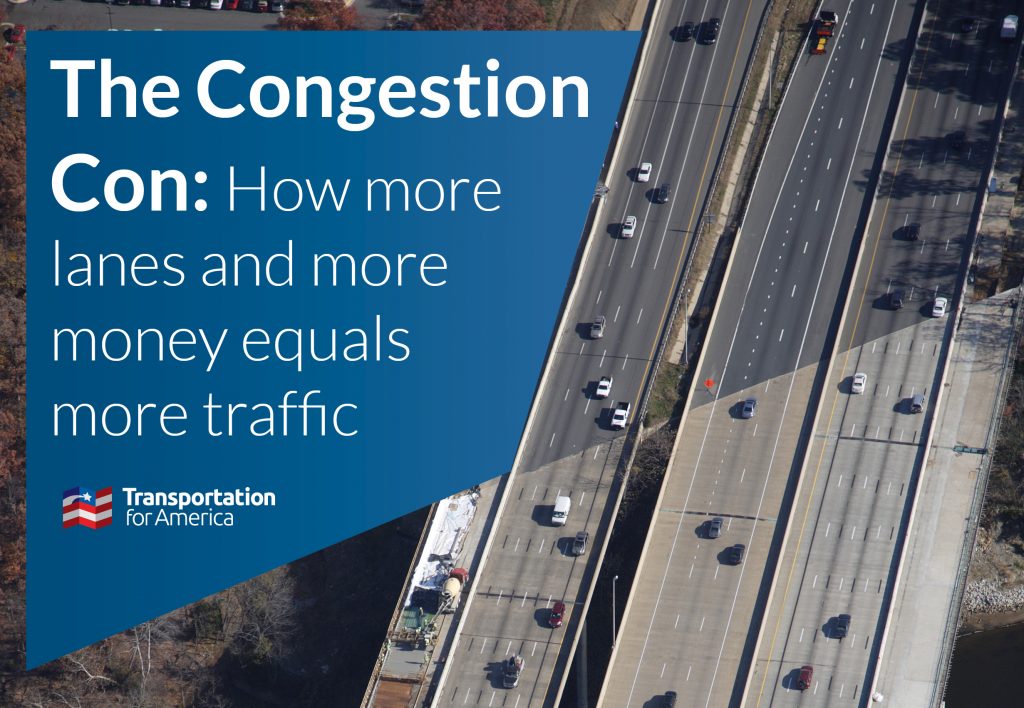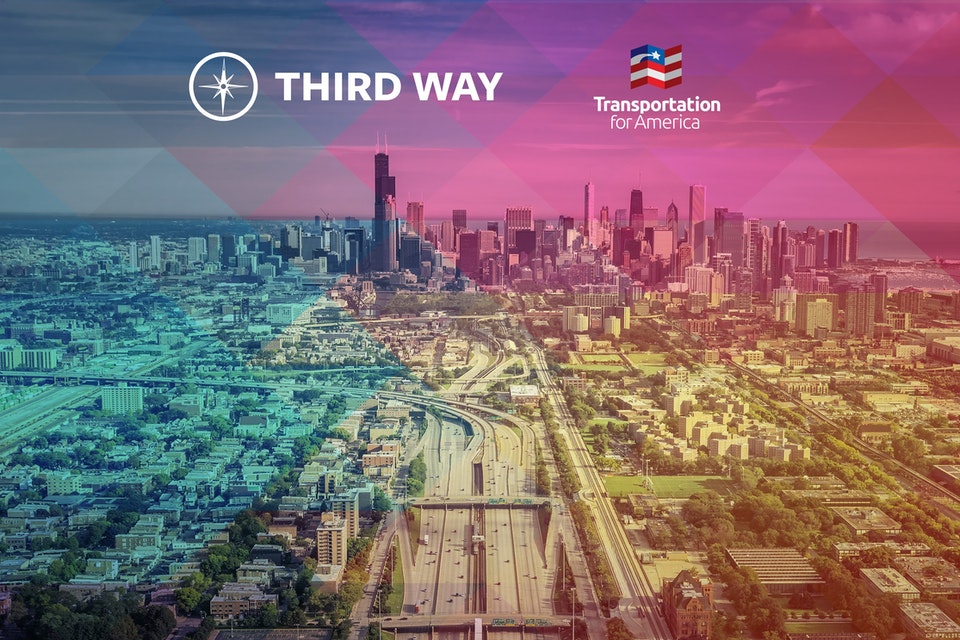Posts Tagged "reauthorization"
Three principles to guide federal transportation spending

It’s time for transportation investments that achieve results for all Americans. For future investments in U.S. infrastructure, Congress should follow three key principles: prioritize safety over speed, fix it first, and invest in the rest.
Setting priorities at Future of Transportation Caucus Roundtable
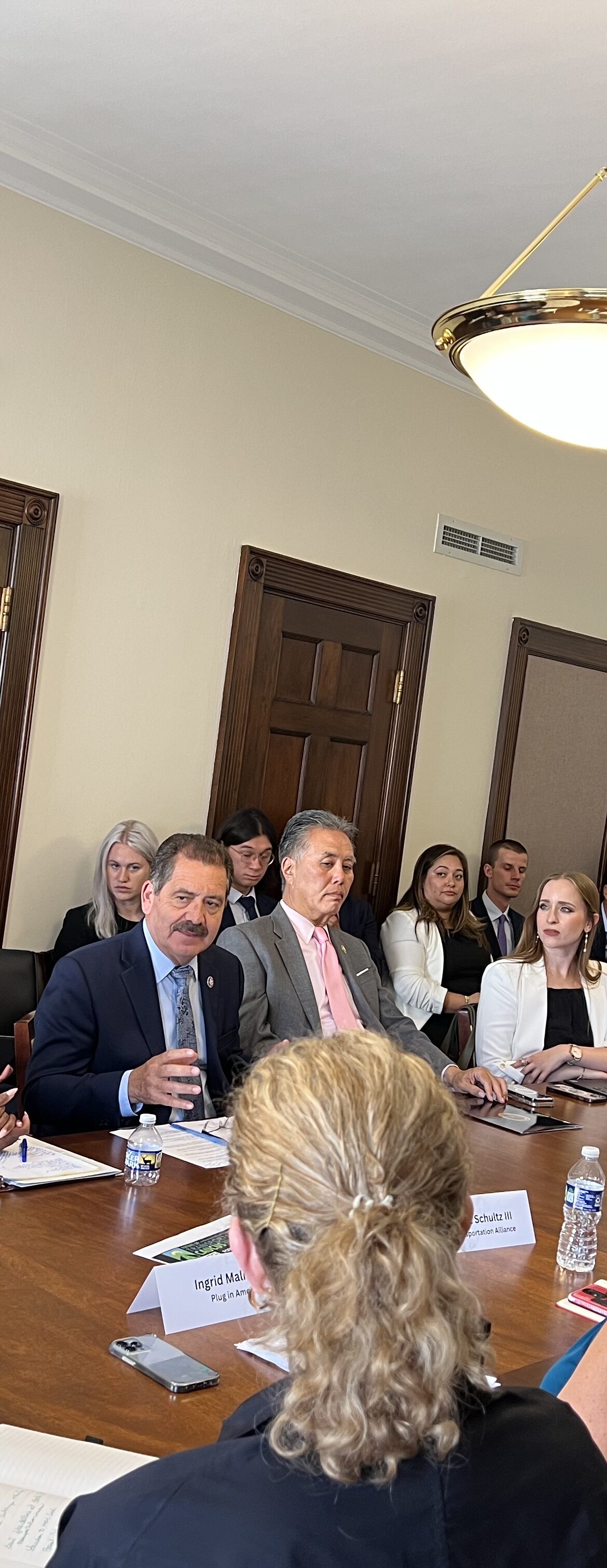
With federal transportation funding set to be reauthorized in three years, the congressional Future of Transportation Caucus met with advocates to discuss the country’s most pressing funding priorities.
Lemonade from lemons: Improvements worth celebrating within flawed infrastructure bill
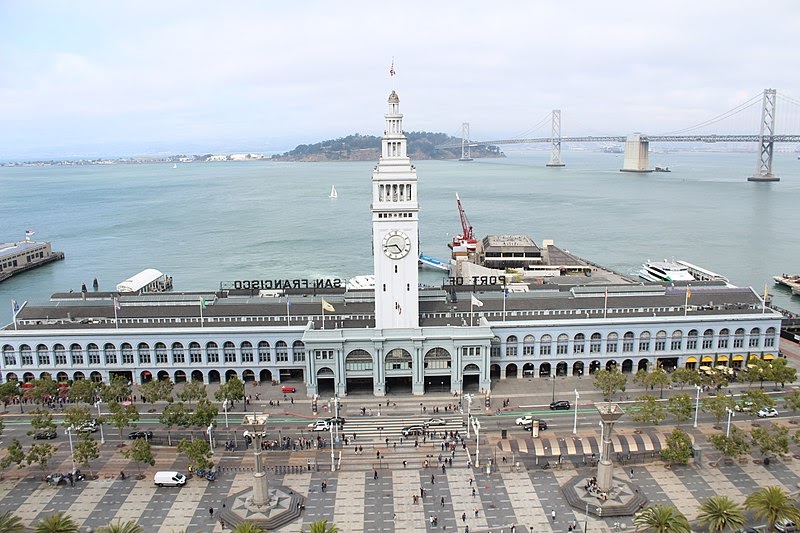
Money from the finalized $1.2 trillion infrastructure deal is already flowing out to states and metro areas who are plugging it right into projects both already underway and on the horizon. After covering six things the administration should do immediately to maximize this mammoth infusion of unexpected cash, here’s a longer look at some of the law’s incremental or notable successes, with the aim of equipping the administration and advocates alike to steer this money toward the best possible outcomes.
From policy to action: Six things USDOT should do yesterday to maximize the potential of the infrastructure deal
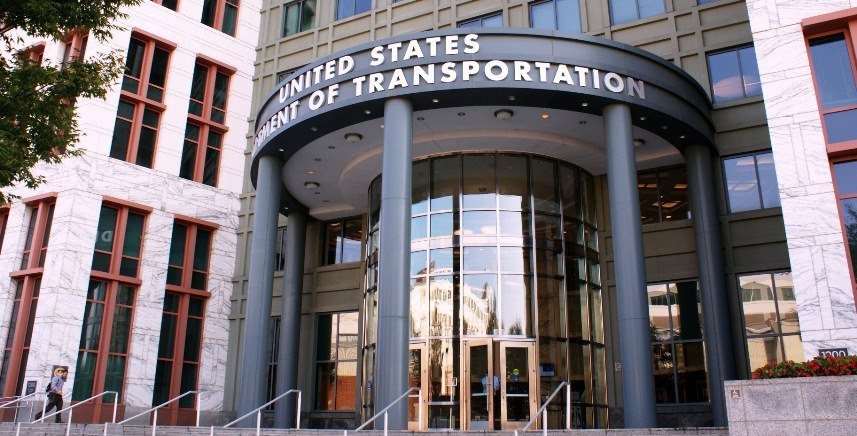
Because of the shortcomings in the Infrastructure Investment and Jobs Act (IIJA)’s actual policy, an enormous amount of pressure now rests on USDOT and Secretary Buttigieg to deliver on the administration’s promises. But the good news is that there are scores of actions that USDOT can take to deliver positive outcomes for equity, climate, safety, state of repair, and enhancing community connections.
The infrastructure bill is finished—what you need to know
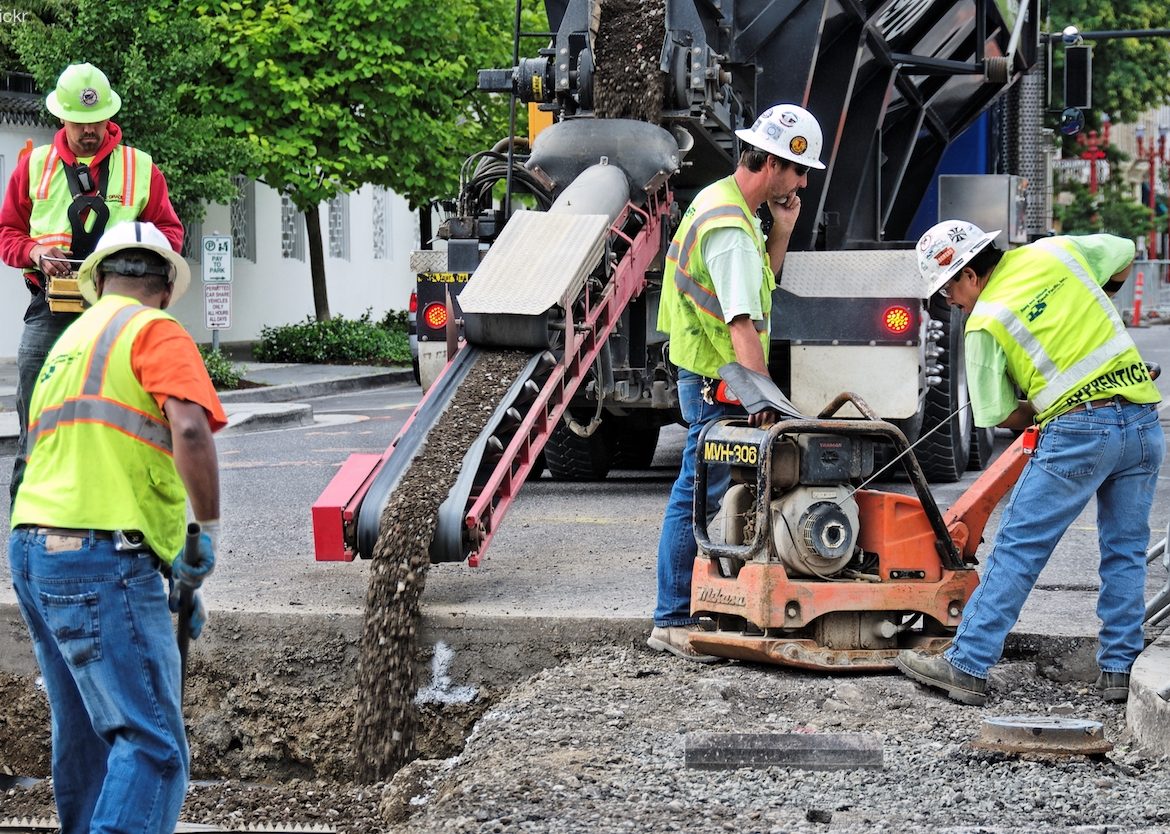
The $1.2 trillion infrastructure bill is notable both for including Congress’ most significant effort to address climate change, and its general failure to make fundamental changes to a transportation program that’s responsible for massive increases in transportation emissions, worsening state of repair, unequal access to jobs, and increasing numbers of people killed on our roadways.
Step one for repairing a problem: Stop making it worse
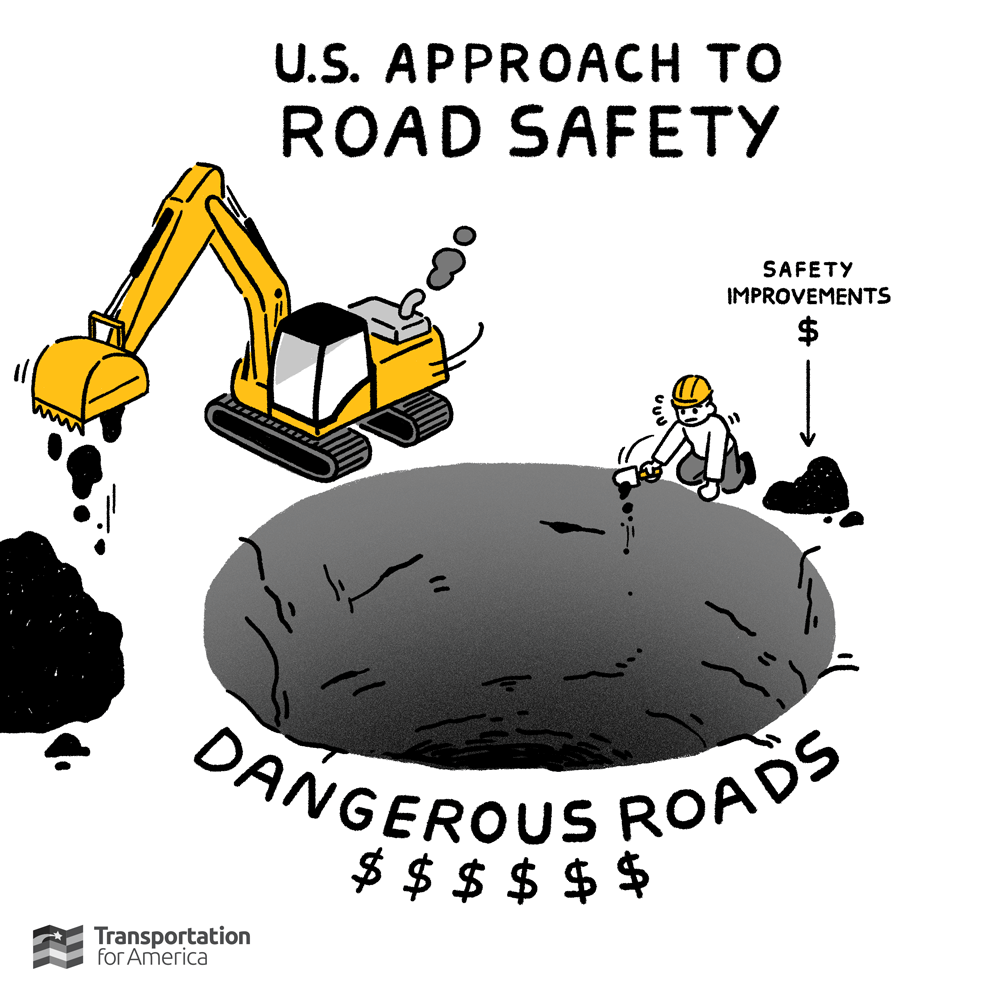
Swap in any pressing issue—climate change, repair, safety—and this new illustration by Jean Wei describes the approach to solving it within the much-debated infrastructure bill, which passed on its own late last Friday. You’ll be hearing a lot of unfettered praise for it today, but we’re far more circumspect.
T4America statement on the passage of the 2021 infrastructure deal

After Congress’ final passage of the Infrastructure Investment and Jobs Act, aka “the infrastructure deal” on Friday, November 5, Transportation for America Director Beth Osborne offered this statement:
Transit funds could crack under the pressure of the budget deadline

The upcoming continuing resolution to fund the government and avert a shutdown won’t include transportation spending, piling on the pressure to pass the infrastructure deal and budget reconciliation. Congress could end up gutting the reconciliation package to make a deal.
Senate makes historic investment in yesterday’s transportation priorities

Deal worsens long-term prospects for addressing climate and equity woes.
Nine ways the House’s transportation proposal starts to make a “paradigm shift”
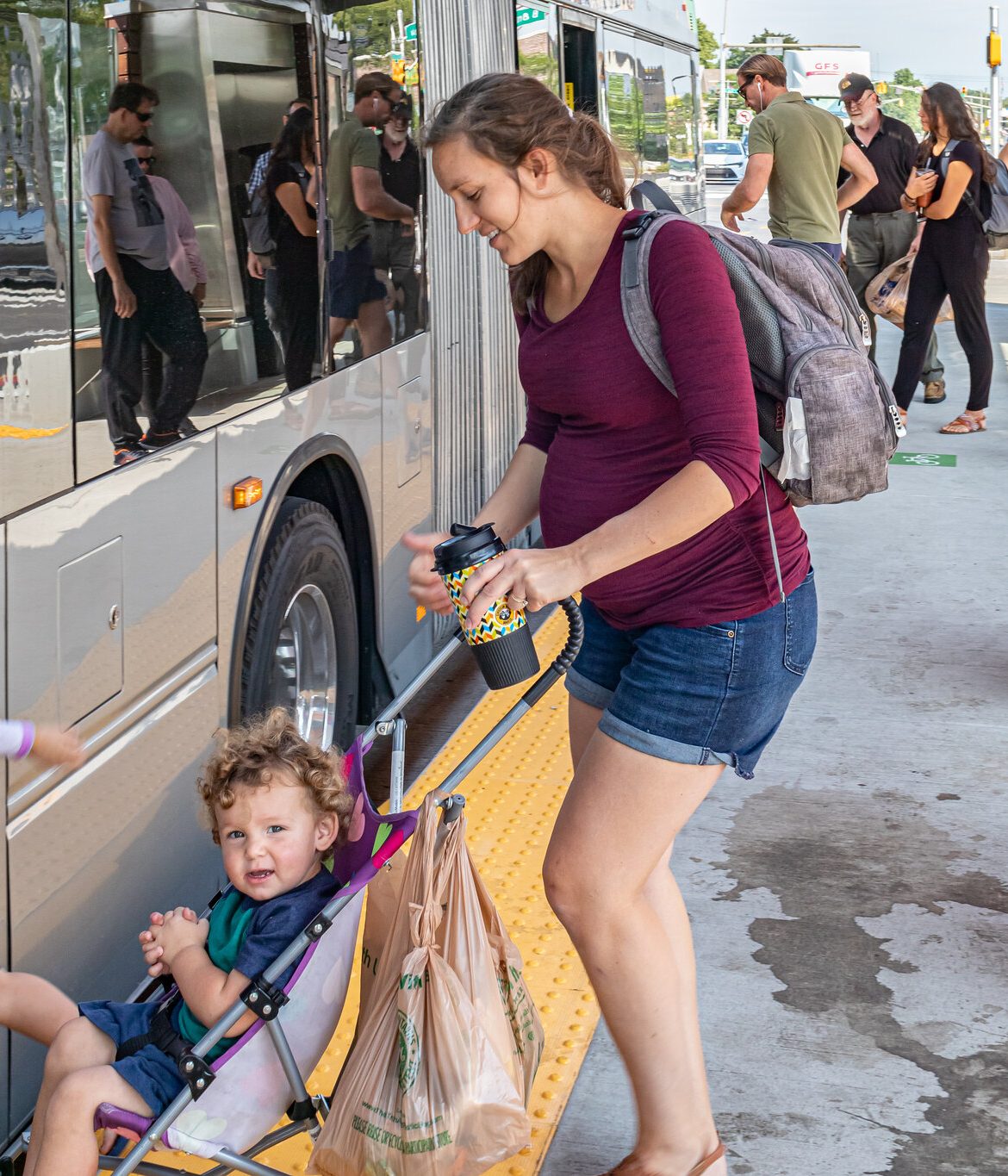
With the House’s INVEST in America Act being considered in committee on Wednesday, it’s a good time to look at what else beyond our core three principles in the bill are worth praising and potentially even improving.
New House transportation bill goes 3 for 3 on T4America’s core principles
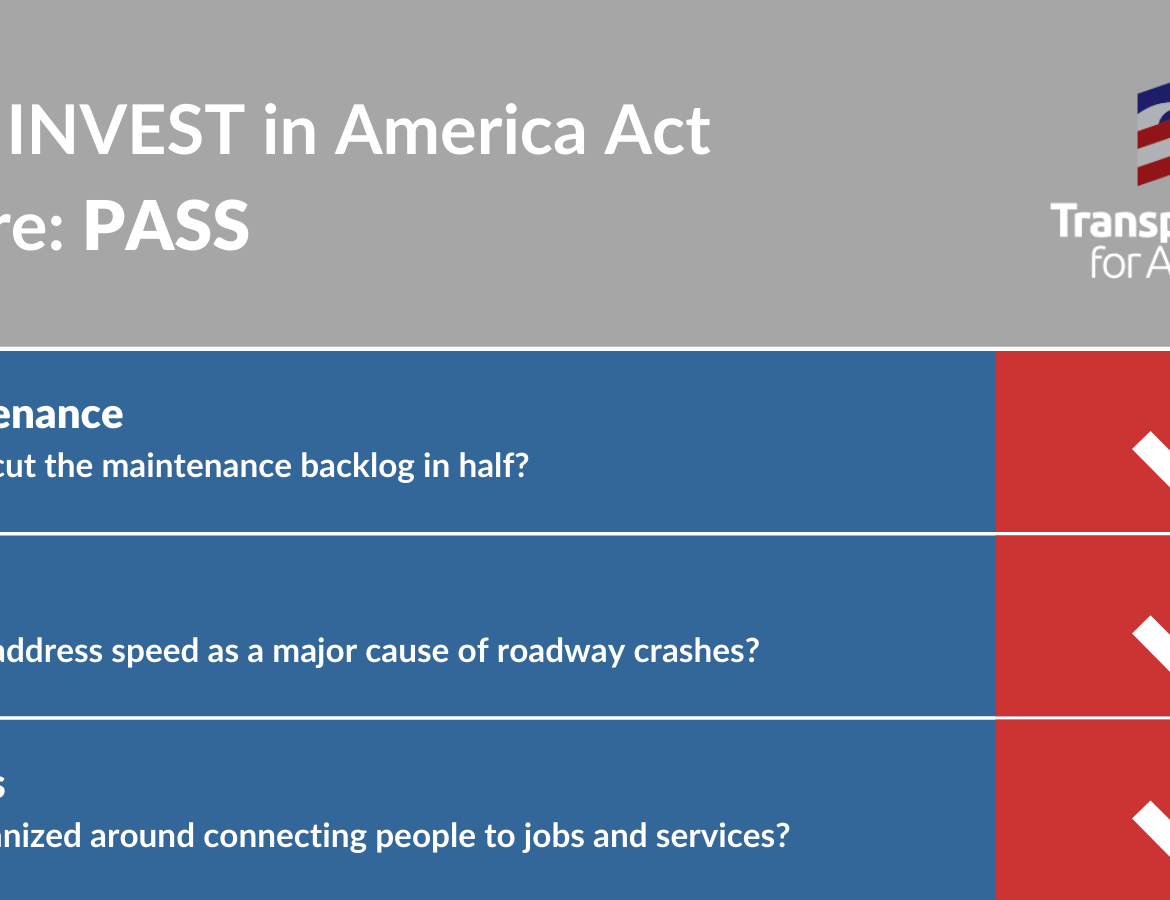
Late last week the House released their new five-year proposal for transportation policy and spending, known as the INVEST in America Act. By focusing on making tangible progress on outcomes like repair, safety, climate change, and access to jobs and services—rather than just asking for more money for more of the status quo—House leaders have again proposed a paradigm shift in how we spend transportation dollars and measure what they accomplish.
House transportation proposal focuses on updating nation’s outdated transportation policy to get better results

The House Transportation & Infrastructure Committee’s proposal for long-term transportation policy makes repair, safety, climate change, and access to jobs and services core goals for the bill’s spending, rather than as nice add-ons— taking a dramatically different approach than the Senate proposal.
How both Democrats and Republicans alike traded away their principles for bipartisanship in the Senate’s transportation proposal
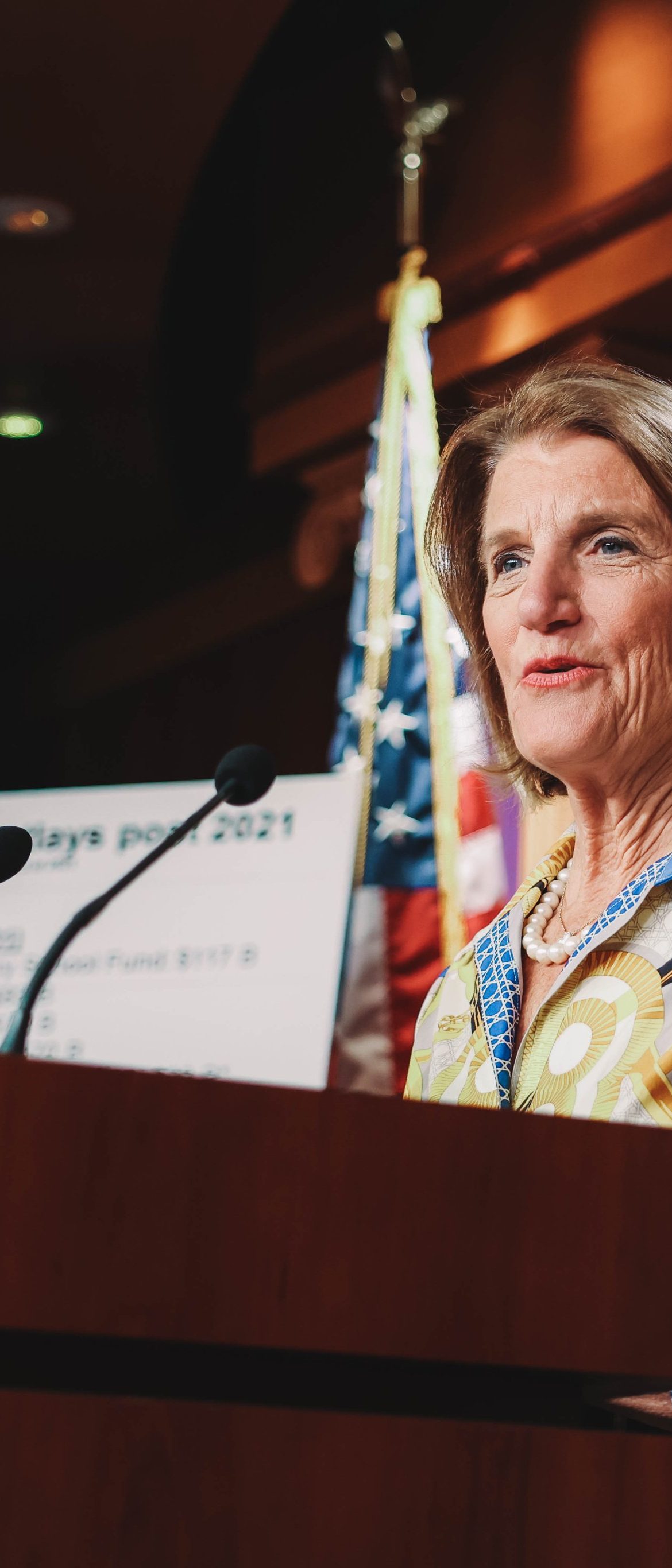
Last week, Democrats and Republicans in the Senate Environment and Public Works Committee unanimously passed a transportation reauthorization bill that would make reducing emissions, improving safety, and providing equitable access impossible. It’s clear that Democrats traded in their goals for “bipartisanship.” But so did Republicans.
Release: Transportation for America on the Surface Transportation Reauthorization Act of 2021
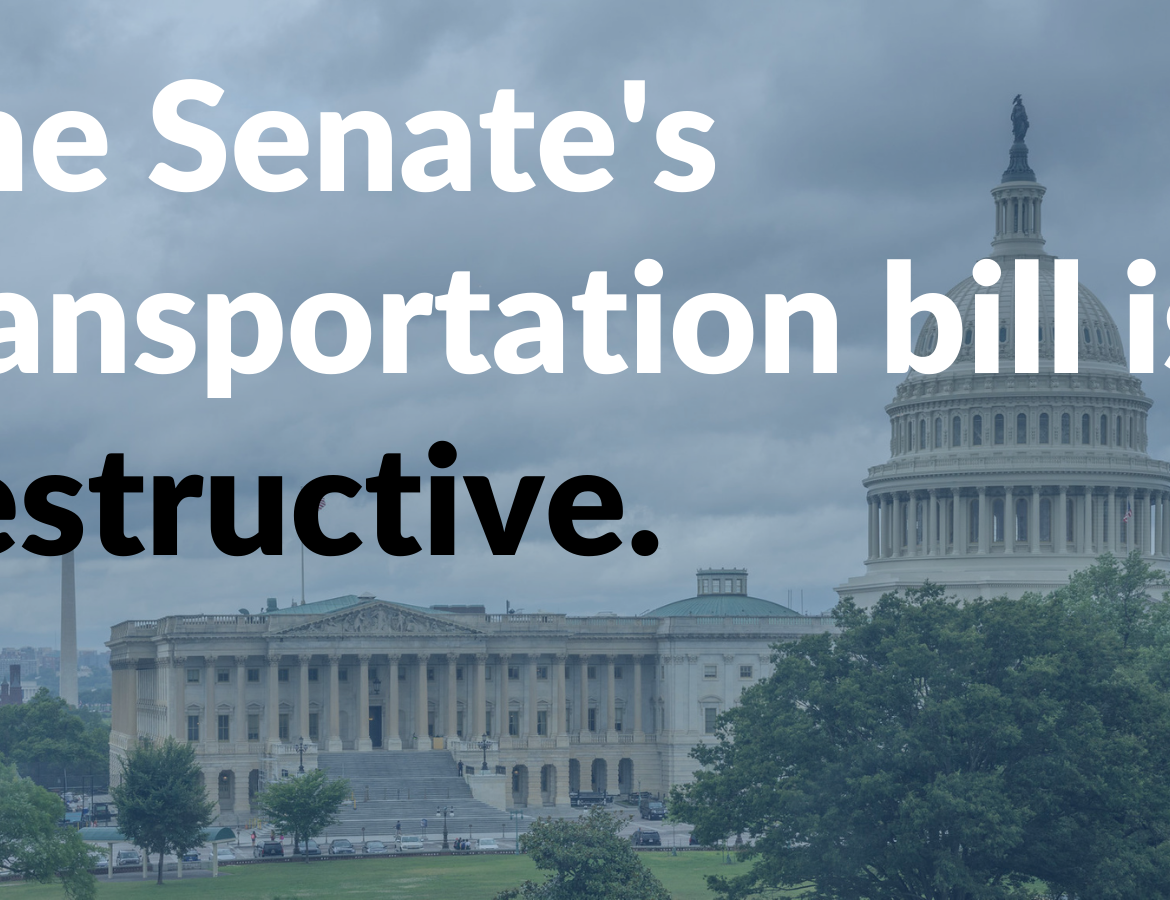
“The status quo is sending us backwards.”
3 ways the Senate can pass bipartisan and effective transportation policy
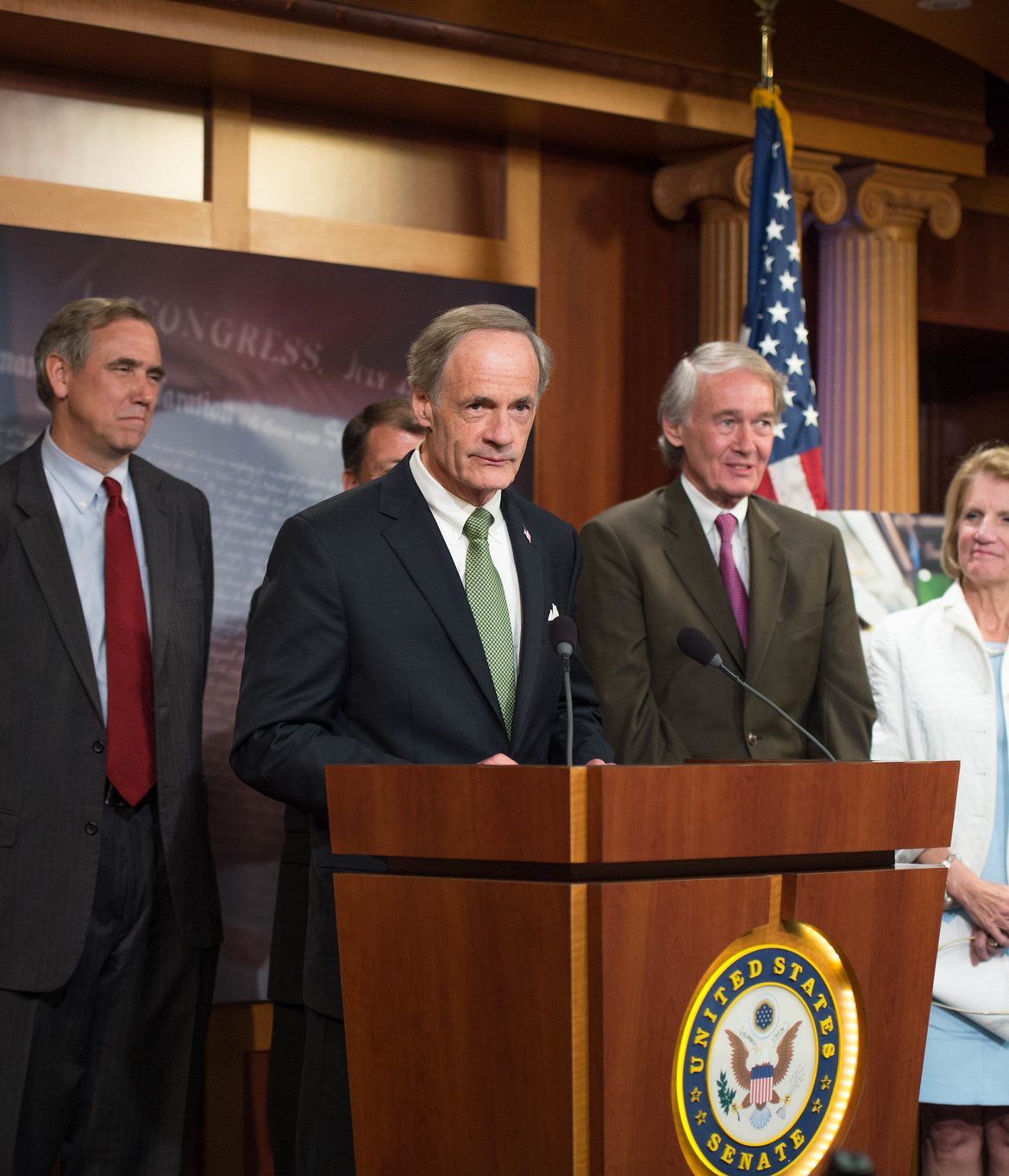
This past weekend, the Senate Environment and Public Works Committee released their proposal to reauthorize surface transportation policy for the next five years. The bill has bipartisan support, but it undermines both parties’ stated goals. A bipartisan and effective bill is possible—here’s how.
The good, bad, and ugly in the Senate’s new transportation proposal
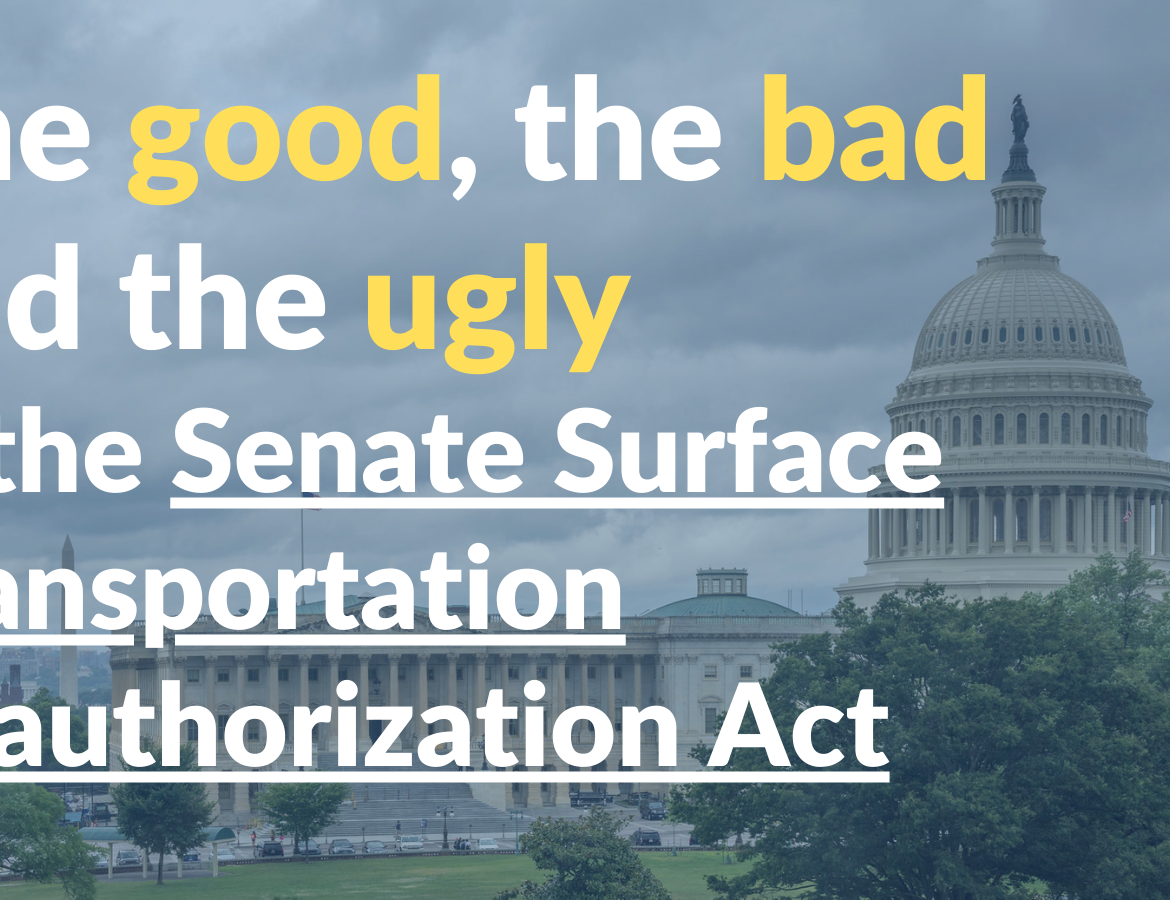
The Senate committee responsible for writing the highway provisions for our country’s long-term transportation policies released their proposal over the weekend. This bill makes some notable improvements and creates some vital, small new programs, but largely leaves the problematic status quo intact—akin to filling up a bucket with a leak in it.
Statement on the Surface Transportation Reauthorization Act of 2021

Federal transportation policy has very serious problems to solve, from increasing pedestrian deaths, skyrocketing emissions, and the lack of equitable access to jobs and essential services. This bill tried to tackle them in the way we have seen in the past. It creates exciting new programs with a small amount of funding in the hope that it can fix the problems that will continue to be created by the much larger status quo program.
Senators hone in on 80/20 split, transit operations funding at Banking hearing
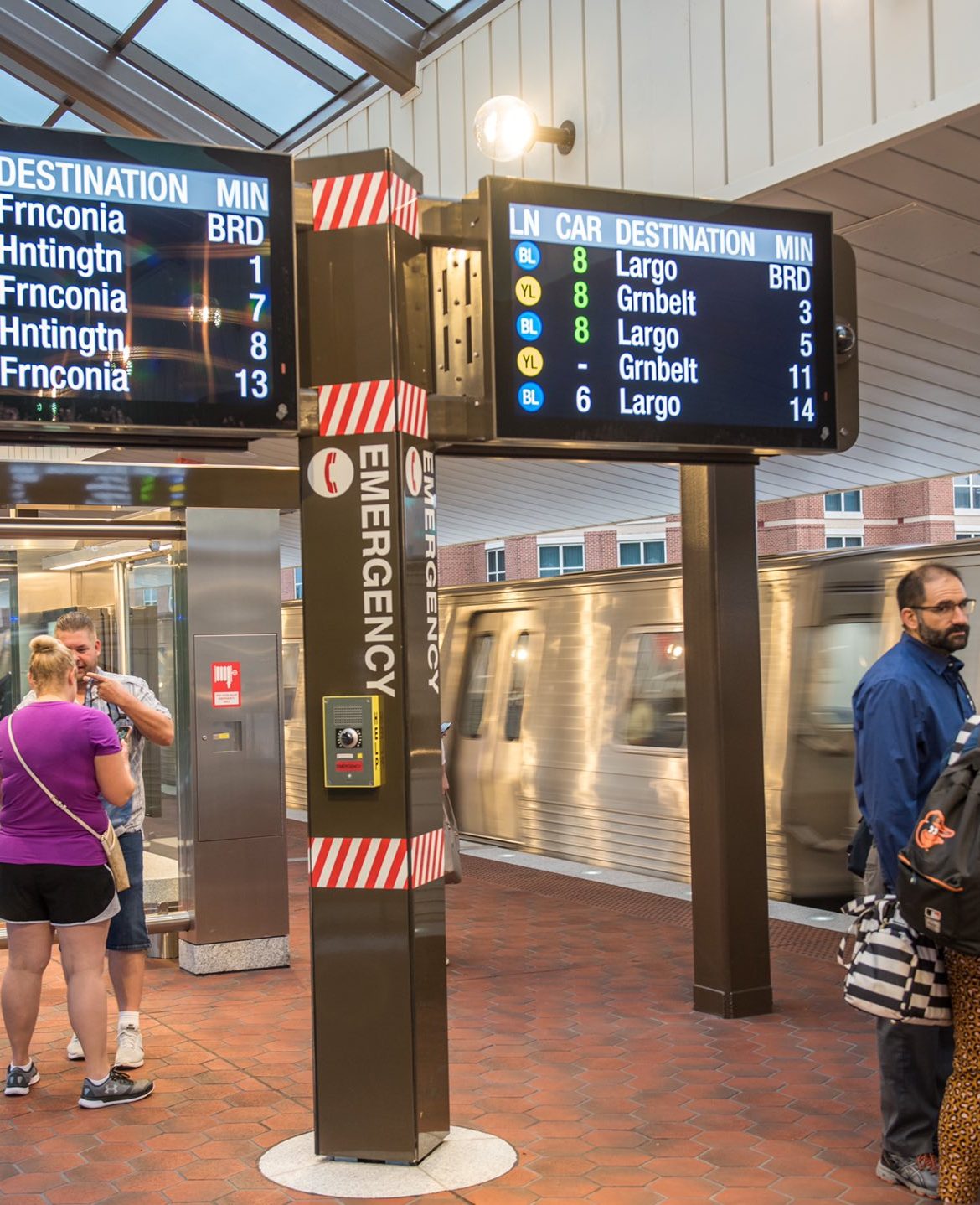
Last week, the Senate Banking, Housing, and Urban Affairs Committee held a hearing on investing in public transit in the next long-term transportation law. We were pleasantly surprised to see senators ask questions on funding transit and highways equally, transit operations, and rural transit.
The Senate needs a new transportation bill—and over 120 elected officials and organizations agree
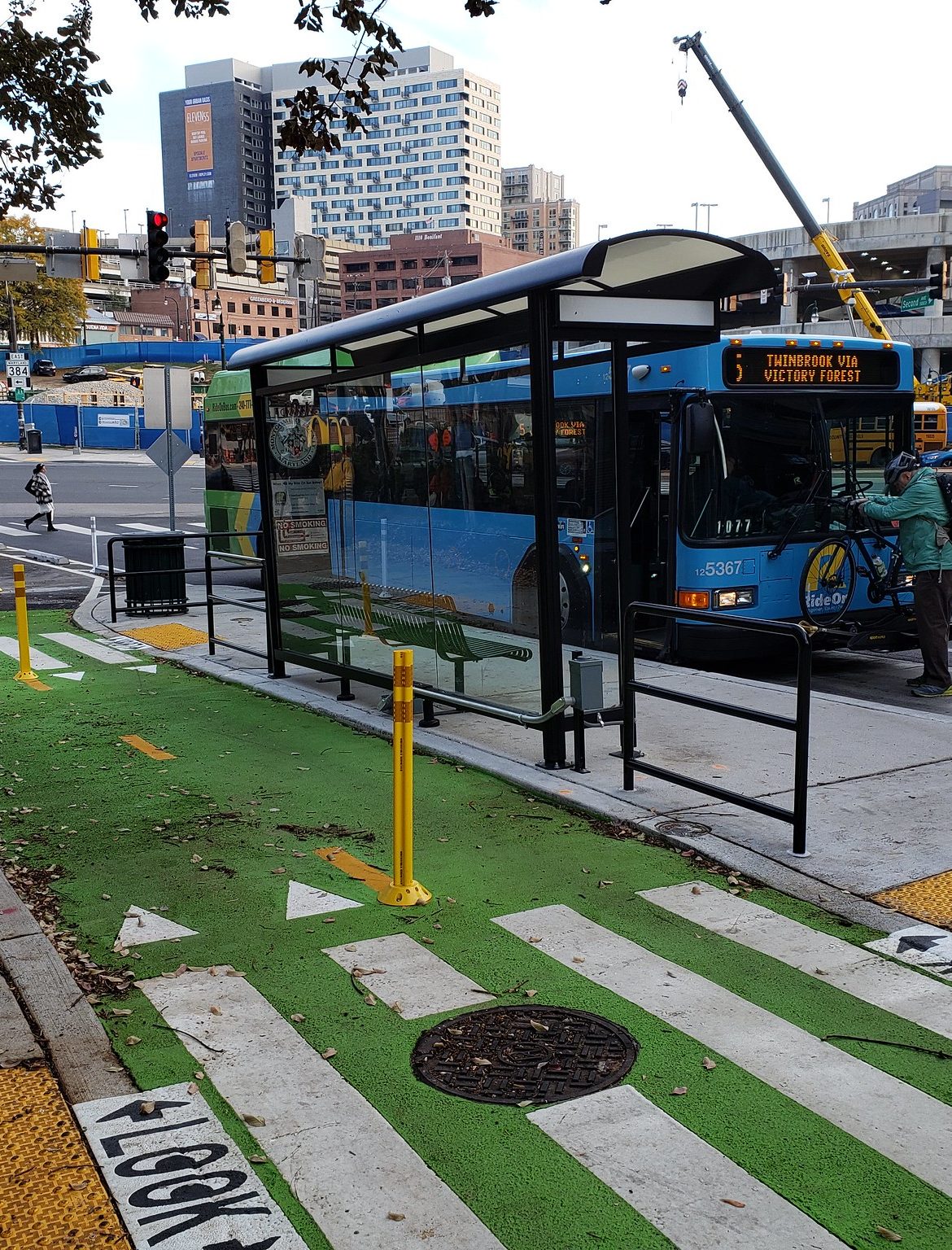
Current long-term transportation policy expires this September, giving Congress a rare opportunity to fundamentally rethink American transportation. That’s why the House passed a transformative bill last summer—but the Senate Environment and Public Works Committee passed a status quo bill that would just make our problems worse. Over 120 elected officials and organizations signed our letter urging the Senate to take a new course.
Road and public transit maintenance create more jobs than building new highways
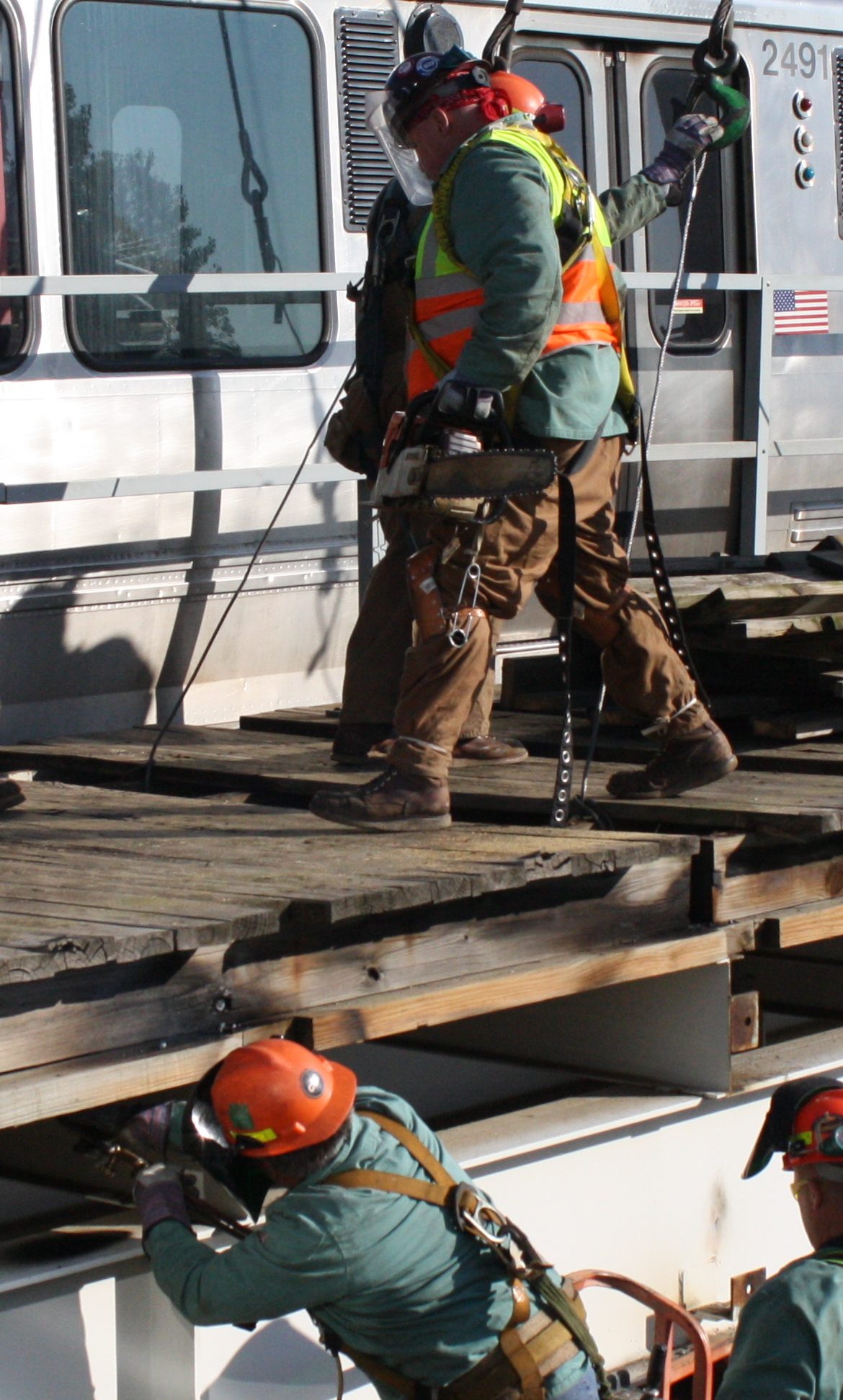
With Congress charged with passing a long-term transportation law this year, many hope that increased infrastructure spending will create more jobs. But not all infrastructure spending is equal: road and public transit maintenance projects actually create more jobs than highway expansion projects.















